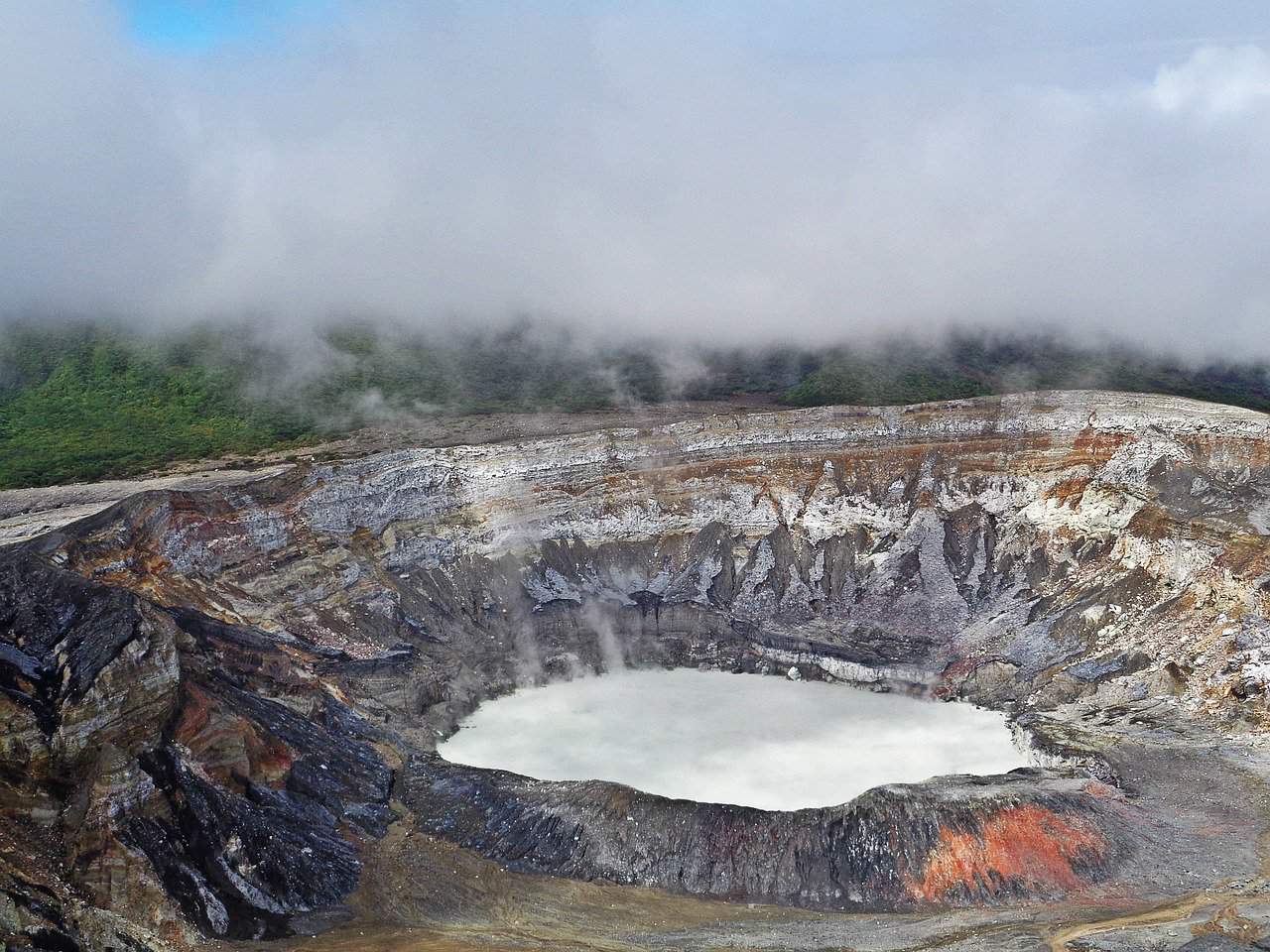The Poas Volcano National Park is scheduled to reopen next Monday, April 8, as announced by the National System of Conservation Areas (SINAC).
Experts from the National Emergency Commission (CNE), the Ministry of Environment and Energy (MINAE), the Ministry of Agriculture and Livestock (MAG), the Ministry of Health, and other relevant entities convened to determine the necessary measures in response to the ongoing emissions of gases and ash.
During the meeting, volcanologists noted that the recent activity of the volcano involves the direct release of gases and ash into the atmosphere, exacerbated by prevailing climatic conditions such as strong winds. This has heightened the impact on the communities in the surrounding cantons near the national park.
According to experts, the volcano’s activity may persist for approximately one month until the arrival of the first rains.
Franz Tattenbach, the Minister of Environment and Energy, emphasized that the park has a protocol in place to ensure the safety of park rangers and visitors. This longstanding protocol enables decisions to be made, such as limiting the number of visitors allowed entry and temporarily closing the park if necessary.
Alejandro Picado, president of the CNE, assured that there will be continuous monitoring of the volcano’s behavior, along with coordinated efforts among institutions, to ensure the safety of the local population and visitors to Poas Volcano National Park.
The areas surrounding the volcano are predominantly agricultural and utilized for livestock farming. Fortunately, there have been no reports of damage to producers requiring special attention.
The Ministry of Health advises individuals experiencing symptoms such as nasal irritation and congestion, coughing, difficulty breathing, sore or irritated throat, redness, burning eyes or conjunctivitis, skin irritation or itching, or gastric symptoms to seek medical attention at the nearest health center.
Residents of affected cantons are advised to close windows and doors, place damp cloths in doorways and air inlets, dampen the ash to reduce dust, and protect electronic equipment.
Unnecessary exposure to gases and ash should be avoided, and individuals in contact with such substances should wear mouth masks or surgical masks to protect their respiratory tract. In the absence of proper masks, a damp cloth mask can serve as a temporary filter.

